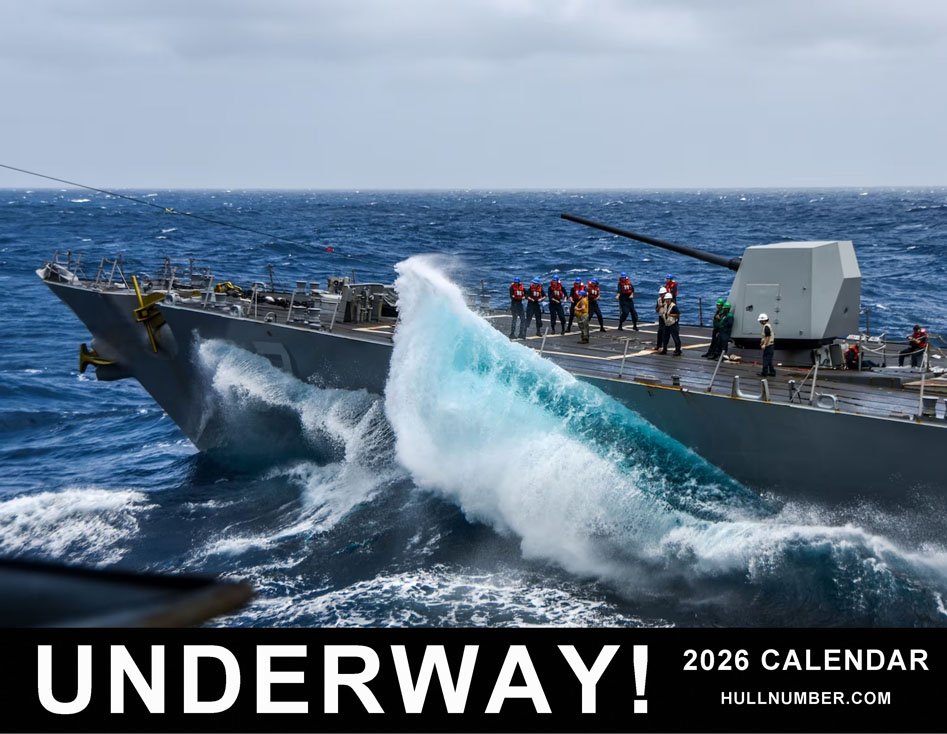 |
|||||||||||||||||||||||||||||||||||||||||||||||||||||||||||||||||||||||||||||||||||||||||||||||||||||||||||||
| TO RECEIVE A NOTIFICATION EMAIL AS SOON AS THE | |||||||||||||||||||||||||||||||||||||||||||||||||||||||||||||||||||||||||||||||||||||||||||||||||||||||||||||
| UNDERWAY! 2026 WALL CALENDAR IS SHIPPABLE - CLICK HERE |
|||||||||||||||||||||||||||||||||||||||||||||||||||||||||||||||||||||||||||||||||||||||||||||||||||||||||||||
 |
|||||||||||||||||||||||||||||||||||||||||||||||||||||||||||||||||||||||||||||||||||||||||||||||||||||||||||||
 |
|||||||||||||||||||||||||||||||||||||||||||||||||||||||||||||||||||||||||||||||||||||||||||||||||||||||||||||
| For RATING SHIRTS - Click on your Rating Abbreviation below: | |||||||||||||||||||||||||||||||||||||||||||||||||||||||||||||||||||||||||||||||||||||||||||||||||||||||||||||
|
|||||||||||||||||||||||||||||||||||||||||||||||||||||||||||||||||||||||||||||||||||||||||||||||||||||||||||||


U.S.S. PAPAGO
(ATF-160)Click to view crew list
USS PAPAGO (ATF-160) - an Abnaki-class fleet ocean tug
In Commission 1945 to 1992ATF-160 Deployments - Major Events
| Add a ATF-160 Shellback Initiation | Add a ATF-160 Deployment - Major Event | ||||
| Month | Year | to | Month | Year | Deployment / Event |
|---|---|---|---|---|---|
| MAR | 1945 | - | Keel Date: 19 MAR 1945 at Charleston Ship Building & Drydock Company Charleston SC | ||
| JUN | 1945 | - | Launch Date: 21 JUN 1945 | ||
| OCT | 1945 | - | Commissioned: 3 OCT 1945 | ||
| JAN | 1953 | - | APR | 1953 | Guantanamo Bay |
| MAY | 1958 | - | JUL | 1958 | Norfolk to Newfoundland naval base |
| OCT | 1962 | - | OCT | 1962 | Cuban Missle Blockade |
| JAN | 1964 | - | DEC | 1965 | Antarctic Circle |
| JUL | 1992 | - | Decommissioned: 28 JUL 1992 | ||
ATF-160 General Specifications
Class: Abnaki-class fleet ocean tug
Complement: 8 Officers and 68 Enlisted
Displacement: 1205 tons
Length: 205 feet 0 inches
Beam: 38 feet 6 inches
Draft: 15 feet 6 in
Final Disposition: Inactive Fleet - Philadelphia PA
USS PAPAGO (ATF-160)
(It.); l. 205'; b. 39'; dr. 17' (max.); s. 17 k.; cpl. 91; a. 1 3, 2 40mm., 4 20mm.; cl. Abnaki)
Papago (ATF-160) was laid down at
Charleston, South Carolina by the Charleston Shipbuilding and Drydock Co. 19
March 1945; launched 21 June 1945; sponsored by Mrs. William Thomas Johnston;
commissioned 3 October 1945, Lt. W. S. Hall in command.
Following shakedown, Papago reported to
Naval Operating Base, Newport, R.I. 17 November and conducted training
operations and movements to assist various vessels in distress for the
remainder of the year. After duty as a stand-by tug in Bermuda, she towed
YD-171, the world's largest self-propelled floating crane at the time, from
Bremerhaven, Germany to Cristobal-Colon, Canal Zone 14 August-20 September
1946. She was engaged in general towing, upkeep and material maintenance for
several months after which she made towing voyages in 1949 from the Canal Zone
to Norfolk, from Norfolk to Newport, and from Boston to Bayonne.
Papago refloating Missouri (BB-63),
aground in Hampton Roads, 30 January-7 February 1950. Among her many towing
assignments along the eastern coast during the remainder of the year was moving
decommissioned destroyer escorts to Philadelphia 10-14 May preparatory to the
transfer of those ships to France under the Military Defense Assistance
Program. Papago did not participate
in the Korean conflict. Towing highlighted her operations in coastal waters and
in the Caribbean during that period.
From 1955 to 1962 Papago continued similar operations. She participated in refresher
training and towed gunnery targets in the Guantanamo Bay area 11 March-16 July
1957, deployed to the Clyde area, Scotland, for NATO force operations 14-28
September 1957, participated in the Mercury Space Project 2-4 December 1959,
and towed decommissioned Des Moines (CA-134)
from Boston to Philadelphia 17-21 July 1961.
Papago
was engaged 6 March-22 April 1962 in salvaging and
refloating decommissioned Monssen (DD-798),
grounded at Beach Haven, N.J. while being towed by another vessel during a
severe storm. As a result of those efforts, she received a citation from
CinCLantF1t. The Cuban Missile Crisis, however, was the most significant event
of the year. Papago rendered valuable
services during the quarantine operation and shared patrol duties with other
vessels 10 October-14 November.
Early in 1963, Papago provided services for Operation Springboard in the Caribbean
and spent much of the remainder of that year and the next in the Guantanamo Bay
and Virginia Capes areas. She joined CTG 124.3 in May 1965 for duty during the
crisis in the Dominican Republic, then steamed in the North Atlantic as part of
ComServDiv 81. Among her varied assignments in 1966 were participation in the
Gemini IX launch and salvage operations off Mobile of a lost aircraft, while
1967 was highlighted by duty as rescue, salvage, and towing ship for ComSixFlt
in the Mediterranean. After Liberty (AGTR-5)
was attacked by Israeli forces, Papago provided
her with escort and communication support. The first half of 1968 was marked by
four and a half months of almost continuous steaming in coastal and Caribbean
waters involving pioneering in nuclear submarine towing methods, followed in
the fall by participation in communications experiments in the Virginia Capes
area. Papago received the Award of
Excellence in Engineering for fiscal year 1968.
Papago ended 1968
and began 1969 undergoing extensive overhaul in Newport News. Into July she was
in Little Creek awaiting further orders for her services.
[Note: The above USS PAPAGO (ATF-160) history may, or may not, contain text provided by crew members of the USS PAPAGO (ATF-160), or by other non-crew members, and text from the Dictionary of American Naval Fighting Ships]